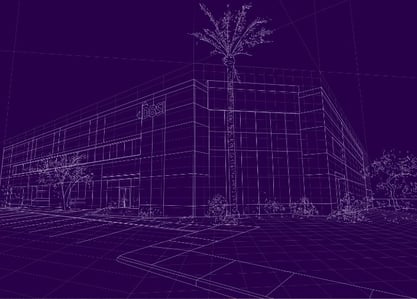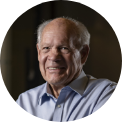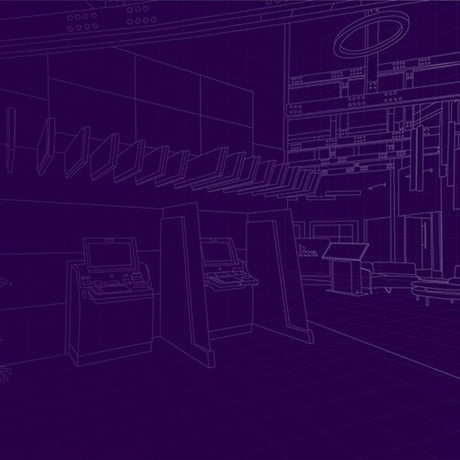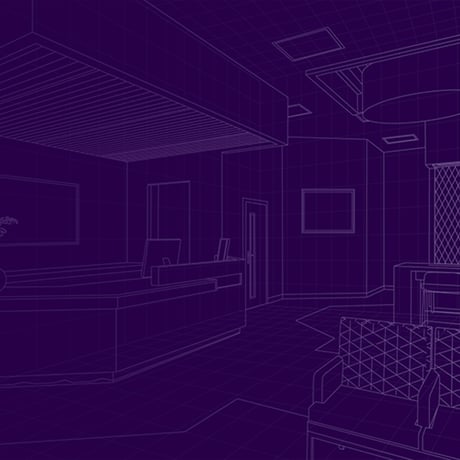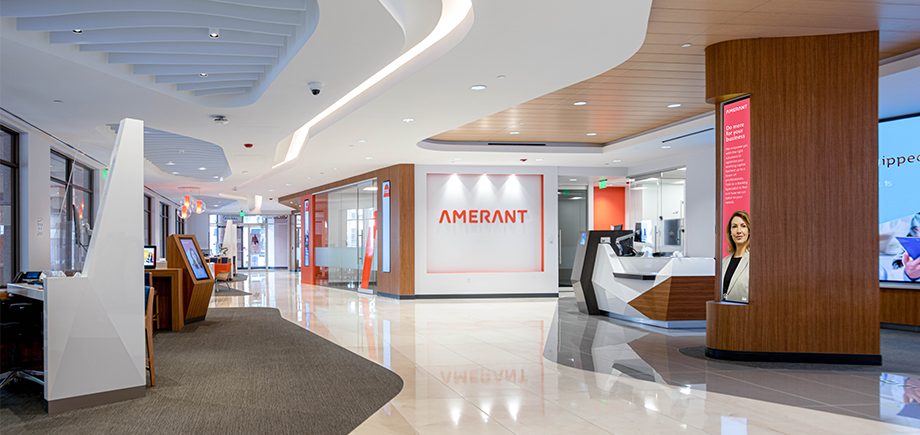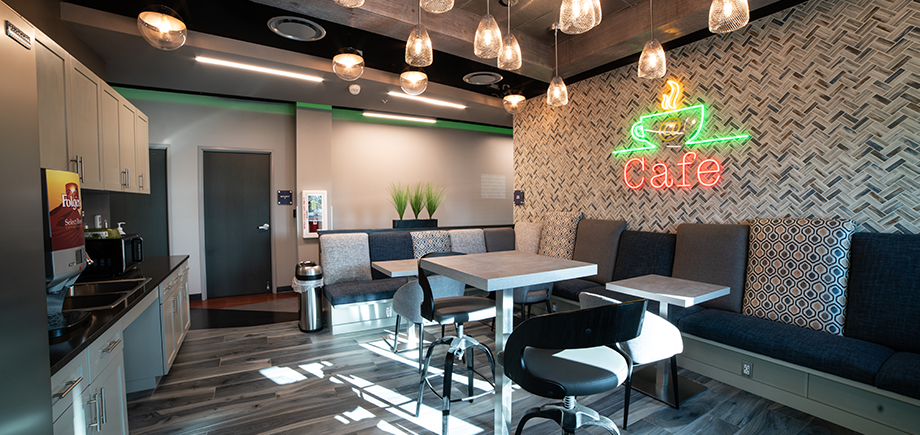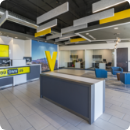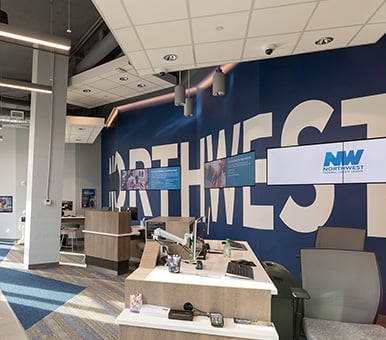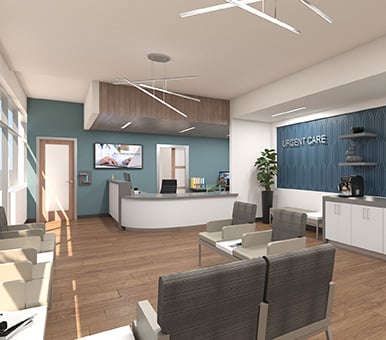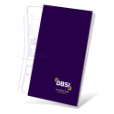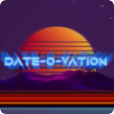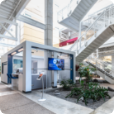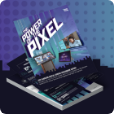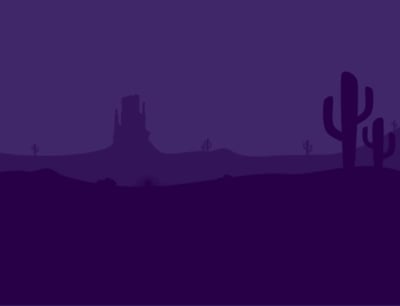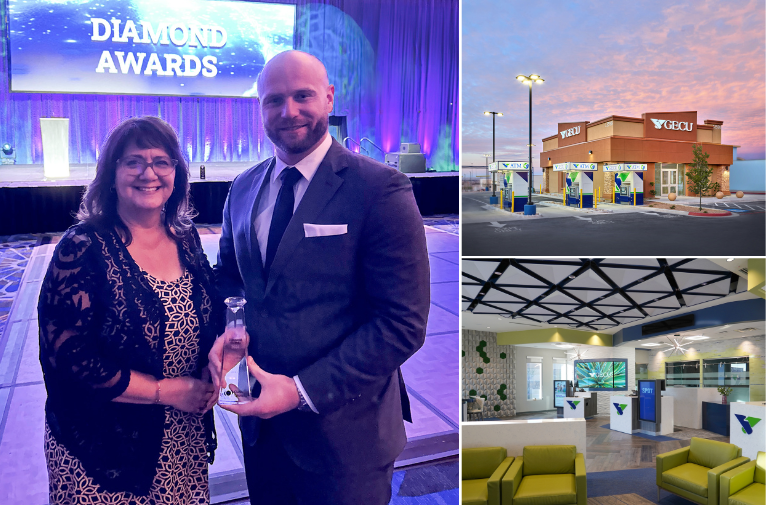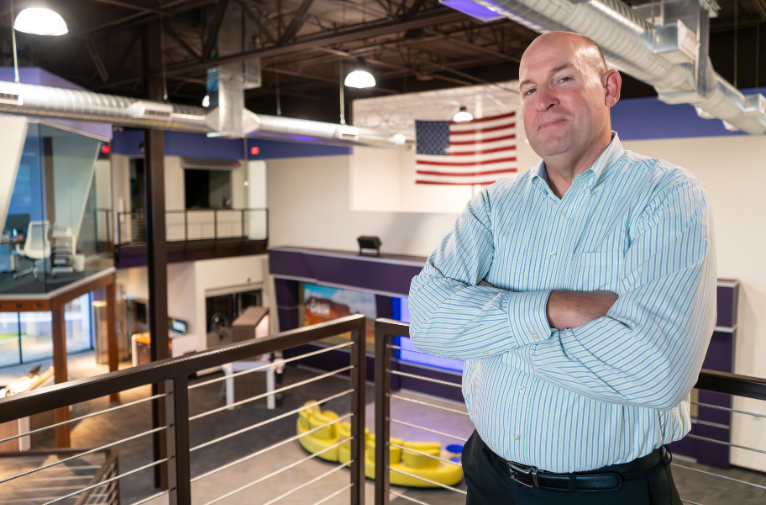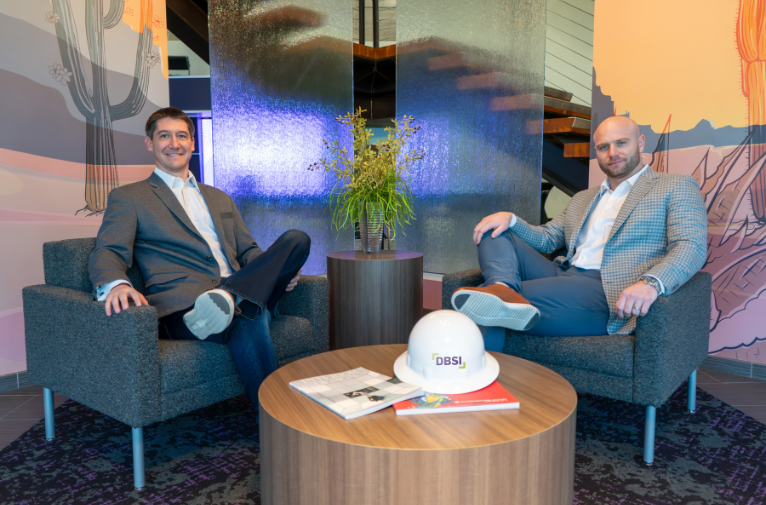2 min read
What Writing a Resume Can Teach You About the Branch Redesign Process
Jessica Kreger : 2/12/14 11:40 PM

What does resume writing have to do with a branch redesign project?
A whole lot more than you think.
Going through the process and writing sections of your resume are strikingly similar to how you should approach your design project to set yourself up for success.
And yes, while it’s probably not the most exciting exercise to go through – investing the time pays back big dividends. Like scoring that big job – or getting a stunning branch design that delivers.
So how are they similar?
Let's take a look at pieces and concepts of a resume and how they can be applied to planning a design:
1. Objective
First things first. When writing a resume, you always start with writing your objective. What are you looking to do at a new company? What is your goal?
The purpose is two-fold. You get a clear understanding of what the rest of your resume should build upon and align with, and someone reviewing it clearly understands your mission.
Same idea applies when you start thinking about your redesign. Set the foundation right and nail down what you want your redesign to accomplish. It gives you, and a design company, a clear picture of what you want, right from the get-go.
2. Summary of Skills
In a resume, you’ve got to take the time and write a short summary of your skills and who you are. Why do you do that? It gives you and anyone reviewing your resume a clear picture and understanding of your core value.
With a branch redesign project, you also need to take the time and think about who your financial institution is and what it represents, or what you want it to represent. The look, feel, and essence that is you.
Trust us, if you can’t articulate who you are…your branch design, or design company probably won’t either. Make a world of difference and invest some thought to summarize your institution in a few words.
3. Previous Experience
The meat of your resume – taking the time to write down what you have to offer and what makes you different. It’s an essential piece of your resume and should be an essential piece of preparing for a redesign.
Similar to the way you build your Previous Experience around your strengths, the same thought principle needs to be applied to your branch design.
That means taking inventory and writing down exactly what your financial institution does best. Once you and the designer have clarity, you can translate that into a functional design that hits the mark – highlights strengths, minimizes weaknesses.
4. Researching Resume Examples
When you’re working on creating a resume, chances are you’ll do a little research to find examples of resumes you want to emulate and probably take some pieces and ideas for yours. Think about how much easier the process is when you have a tangible example to build on.
This same step is also crucial to getting a final design that meets your vision. Find examples of who does it right in your mind and why.
But just finding examples isn’t enough. It’s important to also define why you like something. You could say “I really like X hotel”, but a designer might interpret that as you liking the coloring, when you really liked the furniture style. Be specific.
The payoff:
Just like a well-written resume – a stunning design doesn’t happen by accident. It takes a defined, structured, and well thought-out plan. While it takes some extra time up front, follow these steps and put your thoughts into writing. In the end it will save time, money, make the project easier, and ultimately lead to your success.
To help guide financial institutions through a branch redesign, DBSI developed a simple, yet defined methodology to get to the core of a financial institution and bring out what makes them unqiue to their clients. If you would like to learn more, or want to discuss if it's a right step for your branch network, contact us here.

